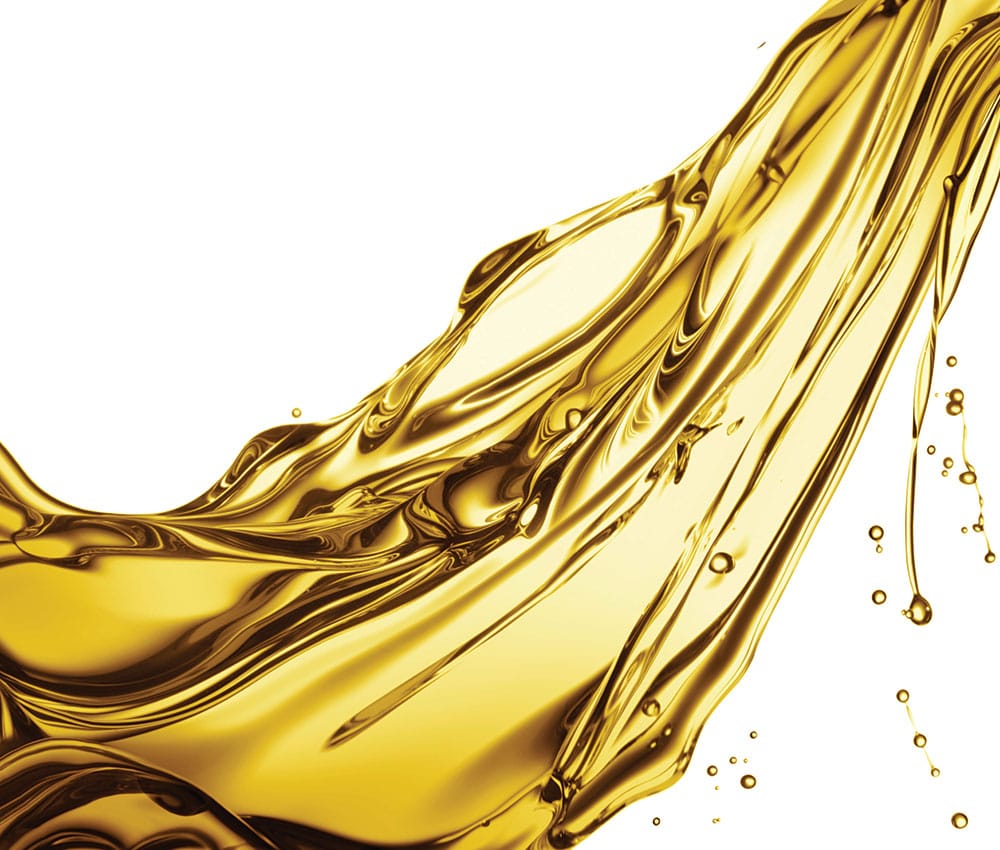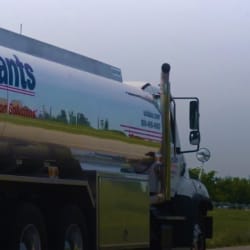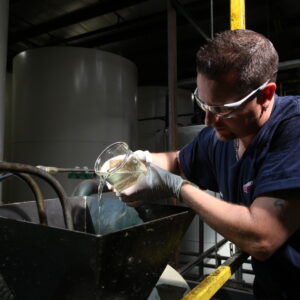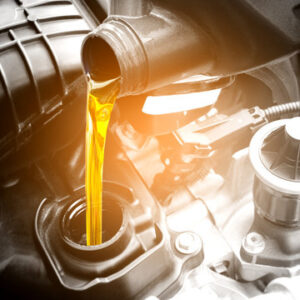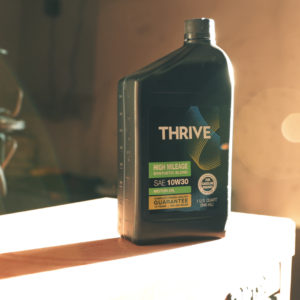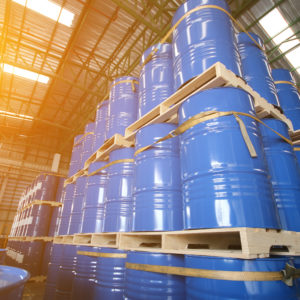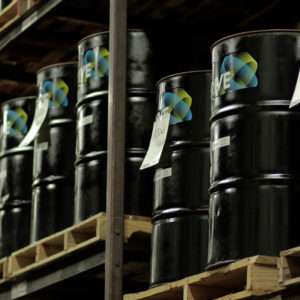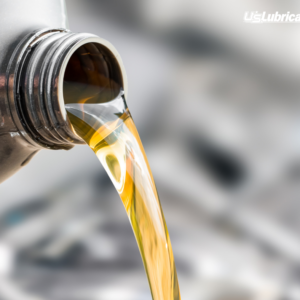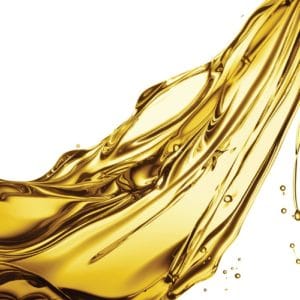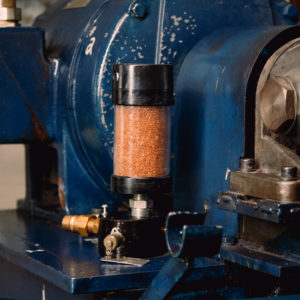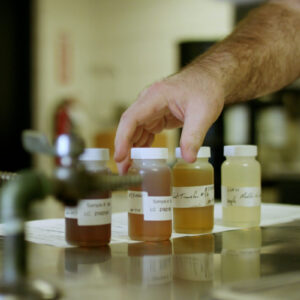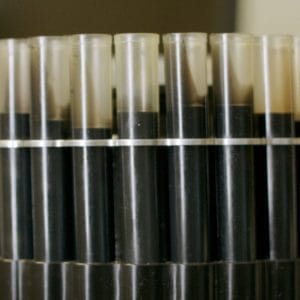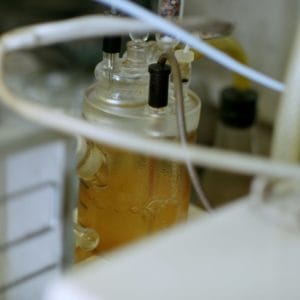Engineers, purchasers, and maintenance personnel are continuously weighing available options to achieve maximum profitability for their unique business needs. There’s an undeniable benefit when increasing base slate categories, however, those benefits also lead to a premium price point. In this article, we’ll touch on points to consider when evaluating a lubricants program and how to identify the most appropriate option.
Do you ever ask yourself, “am I maximizing the value I have today?”
Condition Monitoring Programs
The best way to gauge value is through condition monitoring programs that look at the quality of lubricant over time and compare those results to other maintenance or operational costs. If the quality of the lubricant is determined to be acceptable for the application via condition monitoring, then you should examine the budget relationship between the lubricant spend and the total maintenance budget. Typically, lubricant spend is <5% of a plant’s maintenance budget. However, this is dependent on appropriate lubricant selection. For example, if the incorrect lubricant is used, your overall maintenance budget will be drastically inflated. Suggested areas to explore when examining your budget include:
- Equipment downtime
- Cost of replacement parts
- Production shortages
- Workforce demands
- Emergency repair costs
- …along with additional considerations unique to your business.
Questions to Consider
For companies who believe to have maximized their value based on total cost of ownership (TCO) metrics and would like to continue to analyze their operation for efficiencies, additional questions should be considered such as:
- Am I effectively keeping lubricant in equipment?
- Am I actively protecting my lubricant and equipment?
- What does my application demand?
As equipment ages and wears, fluid loss through leakage or failure increases. Often a fluid is disposed of not because of the quality of the base oil, but rather due to contamination. Keeping a lubricant cool, clean, and dry will aid in maximizing the value of the fluid you have in the system. Ultimately, base group chemistry can only take you so far. When the limitations of the base groups are stretched and all other options have been considered, the specific application will require a change to a premium or even synthetic product. This is often the case for a high-temperature long-life application.
Murphy’s Law
When evaluating the lubricant program, you should also consider the unexpected. Often Murphy’s law will play a role in the cost structure of the budget and this risk should be captured when examining the program. When you need guidance to select the appropriate lubricant, creating relationships with experts who can help you find a solution tailored to your business needs is critical. The right partner should be able to help you with product selection, planning, and troubleshooting, ultimately enabling your facility to maximize the value offered by the lubricants program.
Conclusion
Understanding your business goals is the first step in suggesting an appropriate product for your piece of machinery or equipment. Condition monitoring can help in the process to look at the quality of your current lubricant and compare those results to your total cost of ownership. A second consideration to maximize the life of your lubricant is to identify contamination issues. Lubricant experts should be able to help you with this process and create a tailored solution for your company.
About the Author
 Joe Leistikow
Joe Leistikow
Technical Manager
Joe Leistikow is the Technical Manager for U.S. Lubricants. Previous to U.S. Lubricants, Joe was a Contracted Program Manager at Mercury Marine as well as holding positions within Sigma-Aldrich. Chemistry graduate from Ripon College, Joe also holds MLT/MLA 1 certifications. You can find Joe on LinkedIn.


